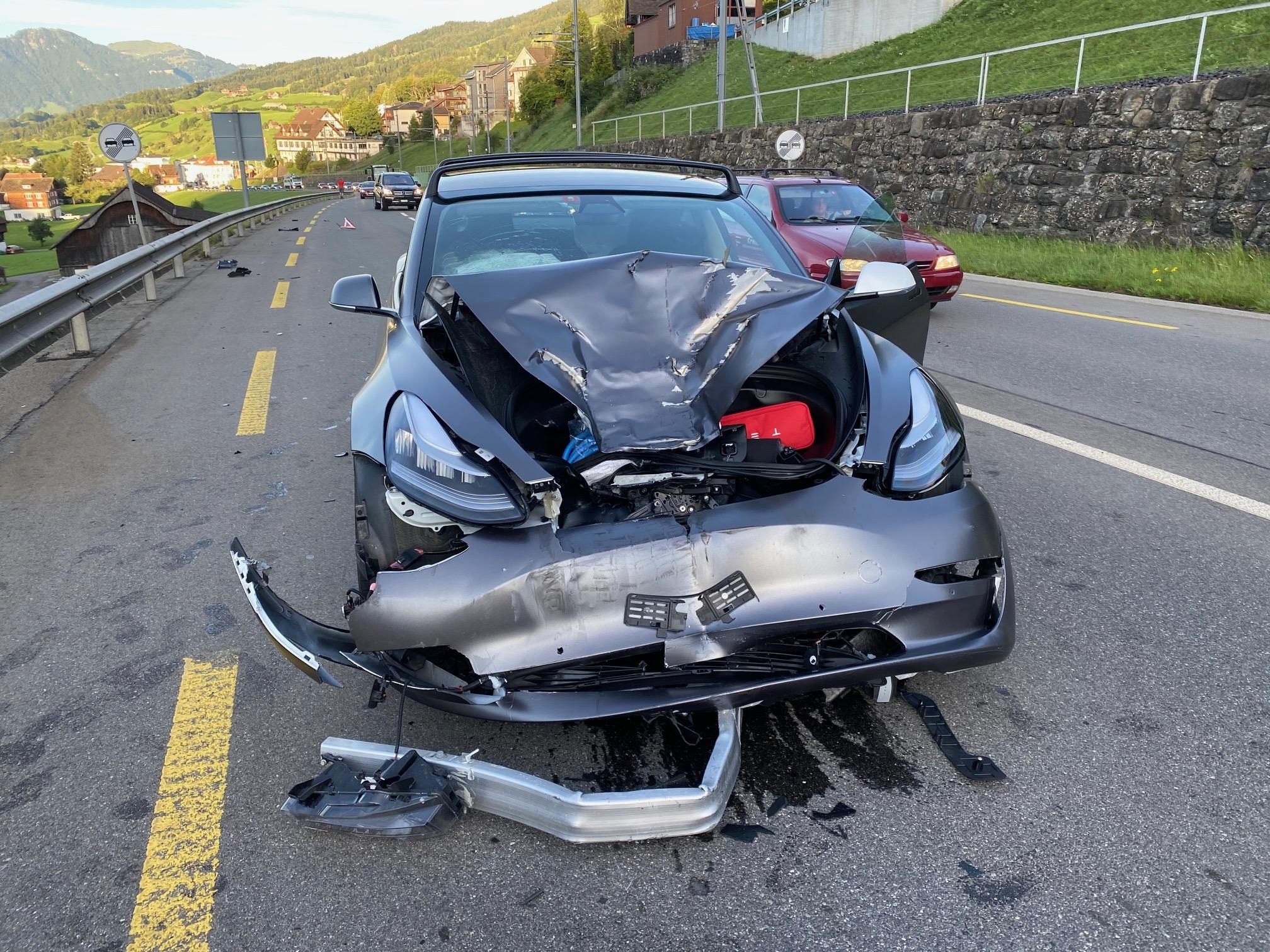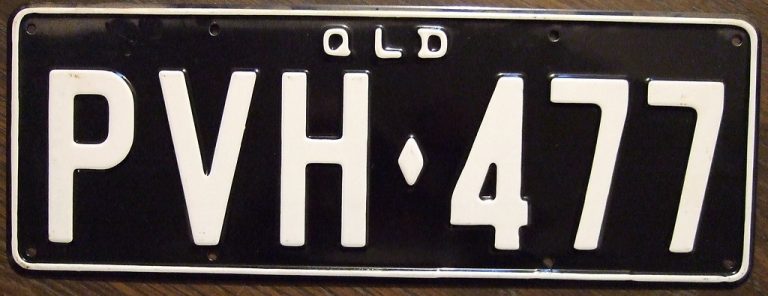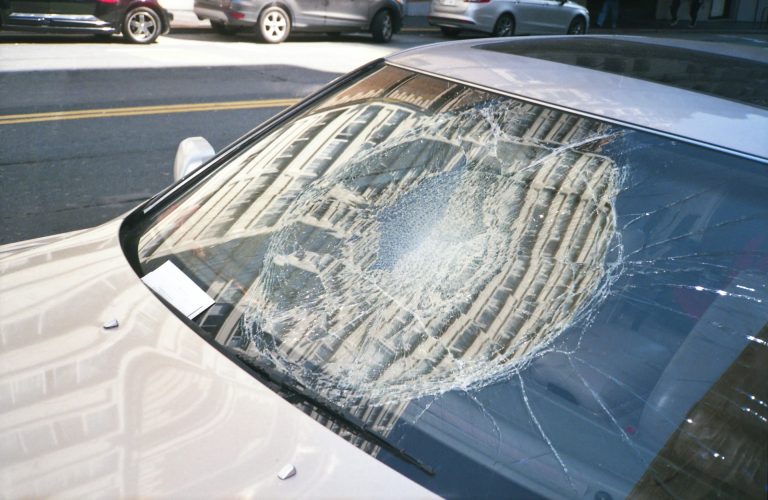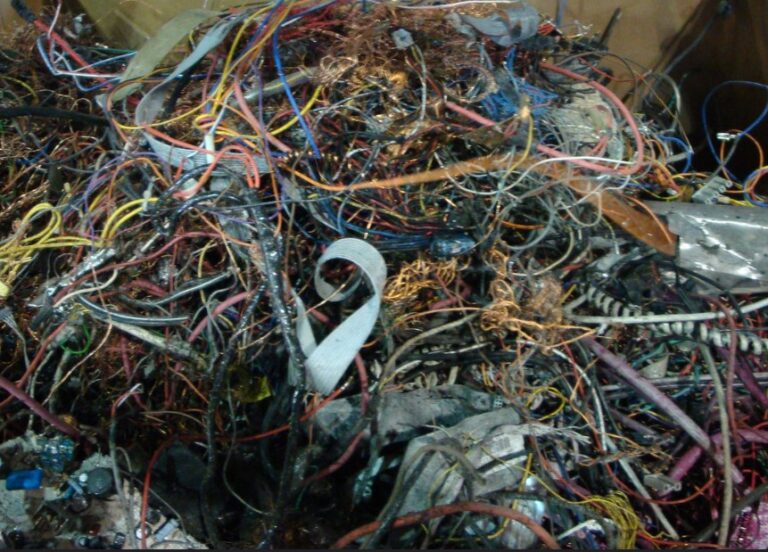WOVR – What Is It | Implications, Legal, Financial
The Written-Off Vehicle Register (WOVR) in Australia is a national database that records the details of vehicles that have been declared a total loss, commonly known as written off vehicles.
This register serves as an important tool in preventing fraud, particularly the illegal practice of re-birthing stolen vehicles, and ensuring that damaged vehicles unfit for road use are not re-registered without appropriate inspections.
What is WOVR: Understanding Written-Off Vehicles
A written-off vehicle is one that has sustained significant damage to such an extent that it is no longer considered economically viable to repair. These vehicles are typically deemed a total loss by an insurance company when the cost of repairs, combined with the salvage value, exceeds the vehicle’s market value before the accident.
The damage can result from various causes, including collision, fire, flooding (saltwater or freshwater), hail damage, or vandalism. In the case of cosmetic hail damage, regulations and assessments determine whether a motor vehicle is notifiable and outline the responsibilities of private owners, insurers, and dealers concerning written-off vehicles.

The Role of the Written-Off Vehicle Register (WOVR)
The Written-Off Vehicle Register is a nationwide initiative established to record all written off vehicles in Australia. It ensures that the history of these vehicles is transparently documented, helping to protect buyers, insurers, and regulatory bodies from fraudulent activities, such as re-birthing, where the vehicle identification number (VIN) of a legitimate vehicle is transferred to a stolen vehicle or heavily damaged car, which can pose significant safety risks.
Types of Write-Offs: Statutory and Repairable
The WOVR categorises written-off vehicles into two main types: statutory write-offs and repairable write-offs.
Statutory Write-Off
A statutory write-off is a vehicle that has sustained such severe structural damage that it is deemed unsafe to repair and can never be re-registered for road use in Australia. These vehicles are often sold for scrap metal or parts, but certain critical components, such as those containing the VIN or engine number, cannot be reused to prevent the possibility of fraud or unsafe vehicles being re-birthed.
Repairable Write-Off
In contrast, a repairable write-off is a vehicle that, while still a total loss economically, can potentially be repaired and re-registered after passing rigorous inspections. The vehicle recorded must have its identity confirmed through inspections before re-registration. The repair costs for these vehicles typically exceed their market value, but if repaired to a roadworthy standard, they can be legally driven again. However, they remain listed on the WOVR, and their history as a repairable write-off must be disclosed to any future buyers.
The Importance of the WOVR for Buyers and Insurers
The WOVR plays a vital role in ensuring transparency and safety in the automotive market. Before purchasing a used vehicle, buyers can check the vehicle’s history through the WOVR to determine if it has been previously written off.
This information is important because a vehicle that has been repaired and re-registered after being listed on the WOVR may have hidden issues that could affect its safety, performance, or resale value. Additionally, vehicles listed as repairable write-offs often attract higher insurance premiums due to the increased risk of further damage.
The Process of Notifying and Registering Written-Off Vehicles
When a vehicle is declared a total loss, the insurer or owner must notify the relevant state or territory transport authority. Vehicles with cosmetic hail damage do not need a written off vehicle label and are still permitted to be driven on the roads.
This notification leads to the vehicle being recorded on the WOVR. The classification as either a statutory or repairable write-off is based on a detailed assessment of the vehicle’s condition, including factors like the extent of structural damage, water immersion, or fire damage.
Notifiable Vehicles
In Australia, a notifiable vehicle is any vehicle that has been declared a total loss and meets specific criteria, such as age and weight limits. These vehicles must be recorded on the WOVR, ensuring that their history remains transparent throughout their lifespan. The vehicle’s status on the WOVR cannot be removed, even if it is sold or transferred to a new owner.
Legal and Financial Implications of Written-Off Vehicles
The listing of a vehicle on the WOVR has significant legal and financial implications. For instance, a statutory write-off cannot be legally re-registered or driven on public roads. Repairable write-offs, while repairable, still face scrutiny during the re-registration process, and the cost of repairs combined with the reduced resale value may make them less attractive options for buyers. Additionally, the insurance premiums for vehicles listed on the WOVR tend to be higher due to the perceived risk.
Preventing Fraud and Ensuring Road Safety
One of the primary objectives of the WOVR is to reduce vehicle-related fraud, particularly re-birthing and the illegal use of stolen parts. Insurers have a legal obligation to report vehicles that are deemed written-off to the written off vehicles register.
By maintaining a detailed record of written off vehicles, including notifiable vehicles and those that have sustained significant damage, the WOVR helps to prevent unsafe vehicles from being reintroduced to the roads. It also provides valuable information to buyers, insurers, and regulatory bodies, ensuring that vehicles are safe and legal to drive.
Final Points
The Written-Off Vehicle Register (WOVR) in Australia is a critical tool in maintaining the safety and integrity of the automotive market. By categorizing and recording written off vehicles—whether as statutory or repairable write-offs—the WOVR ensures that these vehicles are properly assessed and, if necessary, kept off the roads.
For consumers, insurers, and transport authorities, the WOVR provides essential information that helps in making informed decisions, preventing fraud, and ensuring that only safe, roadworthy vehicles are on Australia’s roads.






